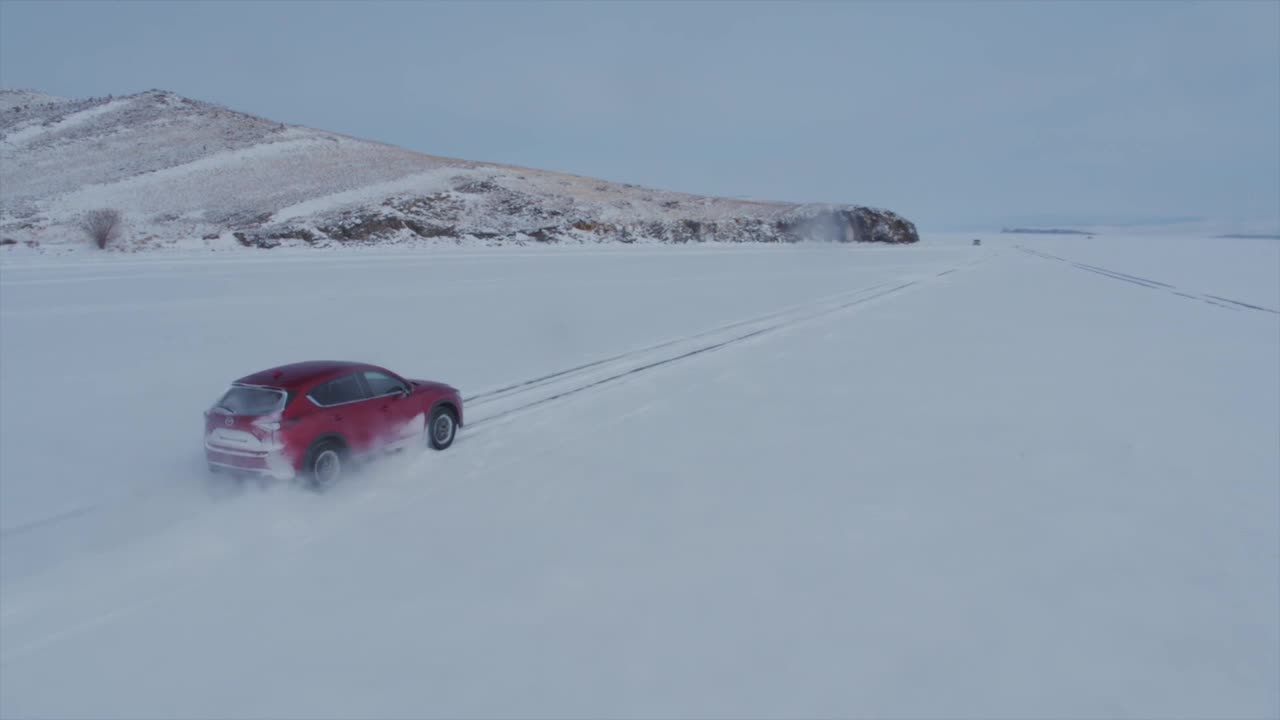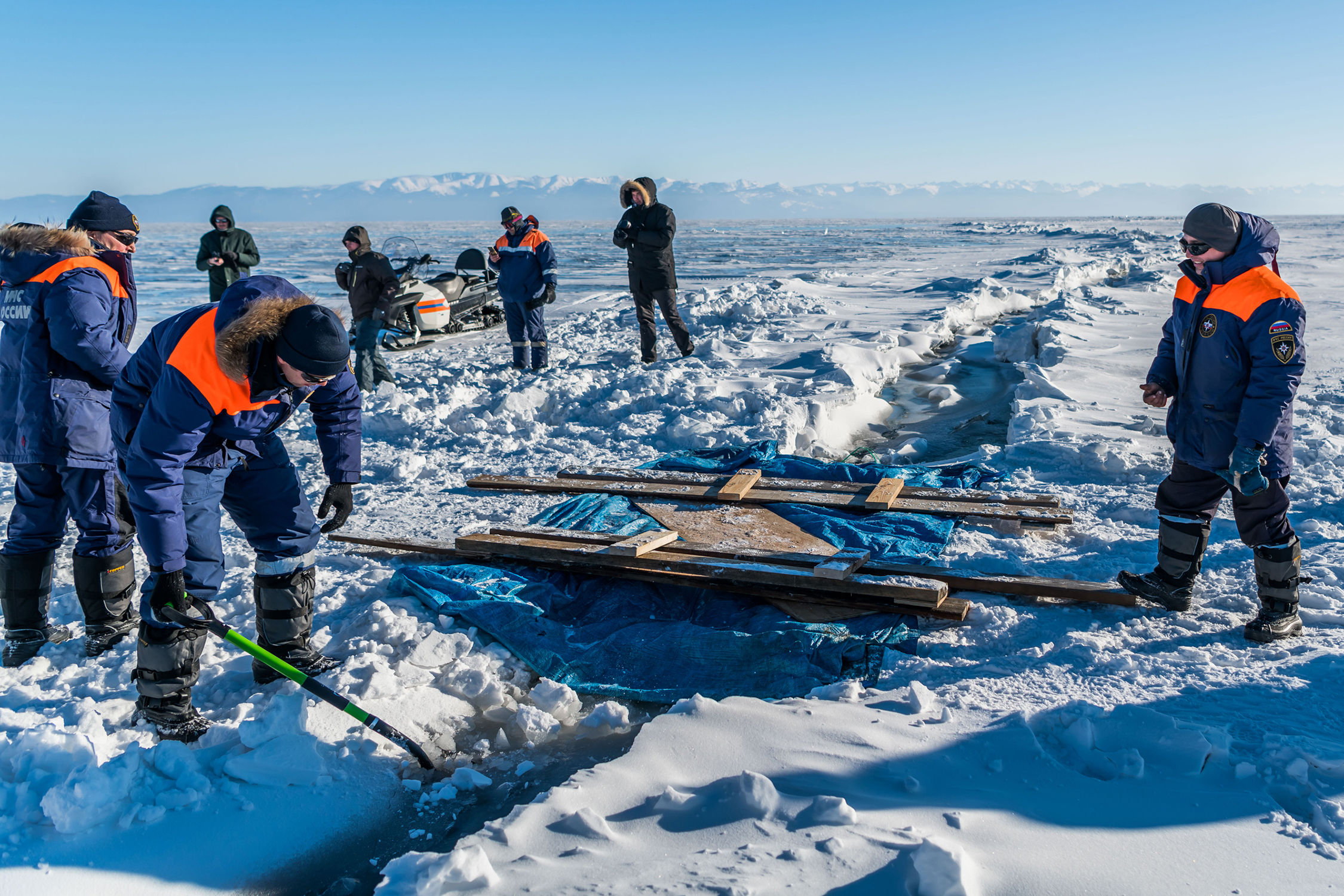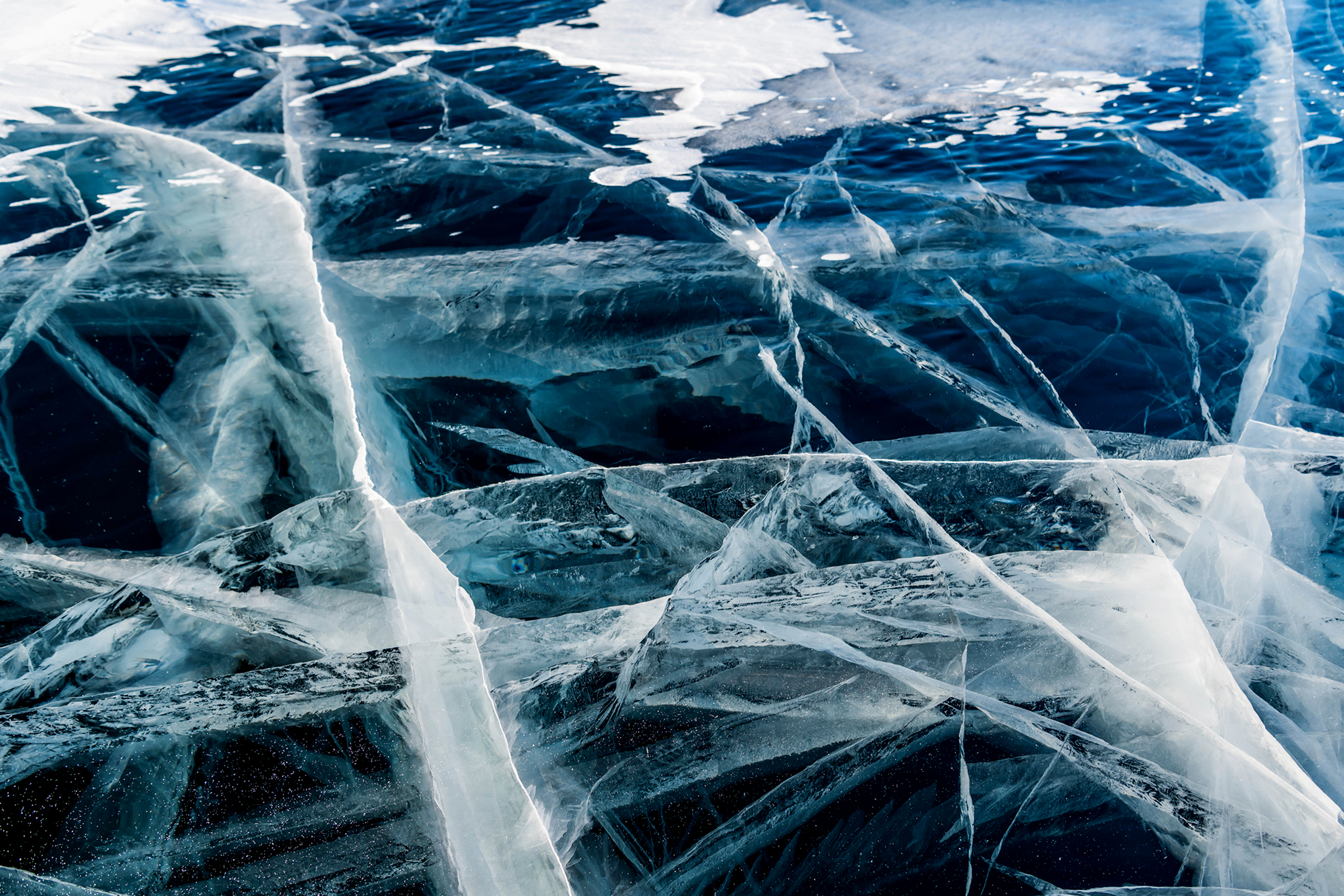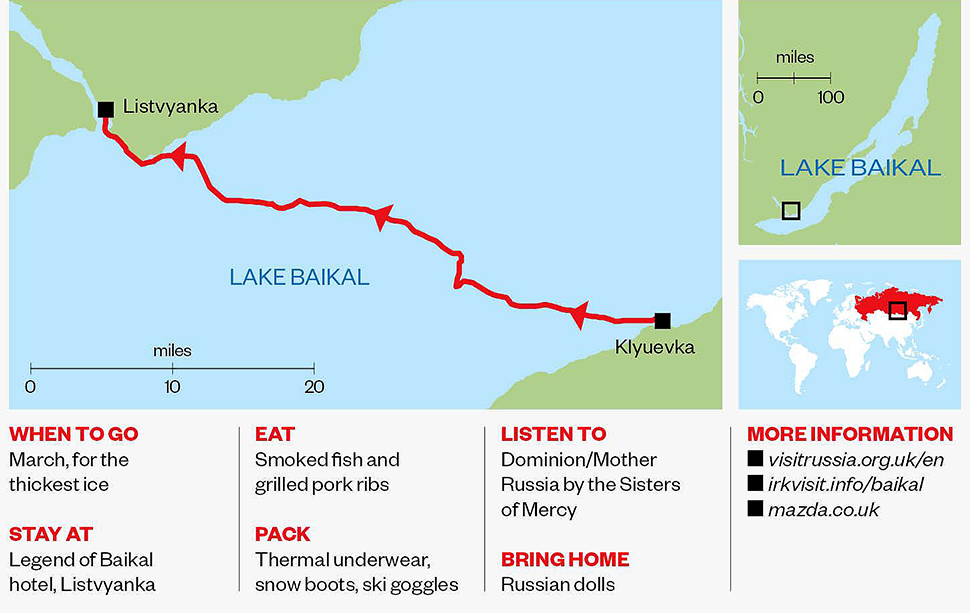Great Drives: Ice-driving across Lake Baikal, Siberia, in a Mazda CX-5
Our writer takes to a frozen lake in Russia, trying to avoid a mile-long journey to the bottom
IT’S ILLEGAL to drive across Russia’s largest lake, unless you have a permit from the authorities. And to get that, you need to prove you have a plan to avoid the unthinkable — namely slipping through the ice and descending to the bottom of the world’s most voluminous body of fresh water, which is a mile deep in places.
So we are to follow expert guides — great Russian men who speak only in shouts and look mean enough to scare off any of the local bears — as they lead the way in a Trakol, an amphibious vehicle used by the Russian army and designed for terrain as dangerous as this.

BEAST IN THE EAST The Trakol, an amphibious off-roader used by the Russian army, is the perfect rescue vehicle
Our task sounds simple enough: drive across the frozen surface of Lake Baikal, travelling from Listvyanka to Klyuevka, which is so far east that it’s a stone’s throw from Mongolia and China.
The 40-mile route we’re taking has never been tackled before. In winter the temperature here hovers between -30C and -20C, and the lake freezes over. By March the ice is said to be at its thickest — between 20in and 30in, which supposedly is sufficient to support a five-ton vehicle.
“Sat nav is as about as useful in this wide-open, bone-chilling landscape as a pair of Speedo swimming trunks”
I’m told it’s one of the great challenges left to conquer but quickly realise why the locals see it differently — as folly. The ice is not smooth like a skating rink; it’s full of troughs and bumps and gaping cracks wide enough for a car to dive nose first into the freezing water.
Just to make things more interesting, there are hot springs where water bubbles to the surface and melts the ice. They are unmarked, naturally. There are no maps of this wilderness.
My car is a standard specification Mazda CX-5, unchanged from the type enjoyed by thousands of British drivers, other than being fitted with a set of winter tyres. It feels out of place in this empty landscape of white ice and white sky, and it is.

HOME COMFORT The only modification to the UK-spec Mazda CX-5 was a set of spiked winter tyres
Yet, surprisingly, it’s making forward progress, and that’s the important thing. Should the worst happen and the car sink, I’m told I would have between one and two minutes to get out of the water before succumbing to the cold and drowning.
I resolve to keep our Russian guides in my sight at all times, on the basis that if the ice is strong enough to support the weight of the Trakol, it will carry the Mazda.
However, within minutes of setting off, I have lost sight of them. More significantly, I have lost sight of the Trakol’s tyre tracks, as a vicious wind whistles around the car’s door frames and blows snow across our path. And sat nav is as about as useful in this wide-open, bone-chilling landscape as a pair of Speedo swimming trunks.
“Stop! Stop! Stop!” comes the order over the radio. The local driver of a sweeper vehicle has spotted a hazard and narrowly averted disaster. It’s a gap in the ice that’s probably only a few feet wide but might as well be the size of the Grand Canyon.

MIND THE GAP The support team use timber planks and tarpaulins to fashion a makeshift bridge over a crack in the ice
We have to drive parallel to it until it narrows, then use timber planks and tarpaulins to fashion a makeshift bridge. Although I’ve signed all manner of legal disclaimers and attended several safety briefings, it’s only now that the reality and danger of what I’m doing sinks in (sorry, no pun intended).
Once across, and having regrouped with the Trakol, our trek continues. The rescue vehicle meanders like the hundreds of rivers and streams that feed into the lake, not because the driver has a bottle of vodka to hand but because in places huge sheets of ice have collided, forcing up shards that would tear a car in two.
Ruts and ridges send shockwaves through the car’s suspension and into the cabin. Imagine the worst pothole you have ever hit, multiply the “bang” by 10 and you get the idea.
“I get out only to answer the call of nature. It’s too cold to stand around and the only way to avoid falling over is to shuffle like a penguin”
Locals claim the ice is the hardest in the world, and the surface is so slippery you can barely stand without flailing around like a cartoon character. During the seven-hour drive, I get out only to answer the call of nature. It’s too cold to stand around admiring the view and the only way to avoid falling over is to shuffle like a penguin. Even so, I take a few tumbles as I snap photographs.
We get stuck just once, a credit to the CX-5’s all-wheel-drive system and the tiny studs in the tyres that help find grip. I do my best to maintain the required 80ft between my car and the 6×6 Trakol — an essential precaution, as attempting an emergency stop would be futile.
Others in our convoy are less fortunate and regularly succumb to the cold and the treacherous conditions. There’s rarely a moment when a tow rope and shovel aren’t in use somewhere along the line.

DEEP FREEZE Beautiful patterns form in the ice on Lake Baikal, the world’s largest body of fresh water by volume
Locals talk of UFO sightings in the skies above Lake Baikal and strange happenings below the surface. We don’t see any signs of life, though sweeping the snow clear of the ice reveals beautiful patterns formed by trapped air, and fault lines shimmer in the sunlight. In the summer months the clarity of the water is said to allow a glimpse 130ft below the surface.
Our guide, Alexey Simakin, of the adventure company Avtorazum, organises slightly less challenging week-long driving expeditions across the “sacred sea” for about £2,000.
By the end of our journey, I’m astonished that a humble family SUV has managed to cross such treacherous terrain without sustaining anything more serious than some bent plastic trim at the base of the back bumper. I wish I could say I came through the experience similarly unscathed, but I’ll be going home with some prize bruises.






